Looking for your next big ski adventure? Welcome to Svaneti, a remote mountain region in northwestern Georgia, nestled in the Greater Caucasus Mountains. Known for its dramatic landscapes, ancient culture, and deep snow, Svaneti is quickly becoming a must-visit destination for powder hunters and freeriders seeking untamed terrain away from the crowds.
Svaneti Region: Culture and Landscape
Svaneti is a UNESCO World Heritage Site famous for its towering medieval stone watchtowers, stunning alpine scenery, and the resilient Svan people—a distinct ethnic group with their own language and centuries-old traditions. The region’s rugged beauty and cultural richness offer an unforgettable experience both on and off the slopes.
Mestia: The Heart of Svaneti
Mestia is the main town and gateway to the Svaneti region. Nestled at about 1,500 meters above sea level, it combines traditional stone architecture with a lively atmosphere and modern amenities. Mestia is renowned for its authentic hospitality, local crafts, and stunning views of snow-capped peaks.
This mountain town is the perfect base for your freeride adventure, with comfortable family-run guesthouses that serve delicious Georgian food like khachapuri (cheese-filled bread), khinkali (dumplings), and rich stews. After a day exploring powder fields, you can relax while enjoying Georgia’s world-famous natural wines and warm mountain culture.
Tetnuldi Ski Resort: Big Mountain Freeriding
Tetnuldi, one of Georgia’s premier ski resorts, lies just a short drive from Mestia and boasts a remarkable 2,200 meters of vertical drop—the highest in the Caucasus region. Its vast, lift-accessed terrain features wide open bowls, steep couloirs, and challenging lines that attract freeriders from around the world.
Tetnuldi has gained international acclaim by hosting Freeride World Tour Qualifier events, highlighting its reputation for reliable snow, diverse terrain, and breathtaking alpine views. Whether you’re chasing untouched powder or testing your skills on technical descents, Tetnuldi delivers world-class freeride experiences.
Hatsvali Ski Resort: Varied Terrain and Tree Runs
Close to Mestia and Tetnuldi, Hatsvali offers excellent lift-accessed skiing with a focus on varied terrain and excellent tree runs. It’s smaller and quieter than Tetnuldi but provides fantastic opportunities to explore fresh powder in more sheltered alpine forests.
Hatsvali is perfect for warming up, practising technique, or enjoying less crowded slopes while still benefiting from the quality snow and local guiding.
Winter & Climate
The Svaneti region experiences cold winters with consistent snowfall from December through April. Due to its high elevation and mountainous microclimate, snow conditions are generally stable, with deep powder accumulations ideal for freeride skiing and ski touring.
Temperatures typically range between -5°C to -15°C during the peak season, creating perfect winter sports conditions.
Travel & Airport Information
The nearest major airport is Kutaisi International Airport (KUT), approximately a 3–4 hour scenic drive from Mestia through breathtaking mountain landscapes. Kutaisi offers direct flights to and from major European and Middle Eastern cities, making it an accessible gateway to this remote region.
Transfers between Kutaisi and Mestia are included in the trip, ensuring a smooth start and finish to your freeride adventure.
Culture, Cuisine & Currency
Georgia is famous for its warm hospitality and rich culinary heritage. Local dishes served in Svaneti include khachapuri, khinkali, hearty stews, and fresh mountain herbs. The region is also known for its ancient winemaking tradition, with natural wines produced using methods dating back thousands of years.
The local currency is the Georgian Lari (GEL). Georgian is the official language, with its own unique script. Russian and English are also commonly spoken in tourist areas.
Cultural Highlights
-
The iconic Svan towers scattered throughout the region were built between the 9th and 12th centuries as family fortifications and watchtowers, many still standing today.
-
Svaneti’s inclusion as a UNESCO World Heritage Site highlights its cultural significance and extraordinary mountain landscapes.
-
Tetnuldi’s role as a venue for Freeride World Tour Qualifiers has placed Georgia firmly on the international freeride skiing map.
-
The Svan people have preserved their language and traditions for centuries, making Svaneti a living museum of Caucasus mountain culture.
 Off-Piste
Off-Piste Ski Touring
Ski Touring Via Ferrata
Via Ferrata Ice Climbing
Ice Climbing Alpine Glacier Trekking
Alpine Glacier Trekking Worldwide Trekking
Worldwide Trekking



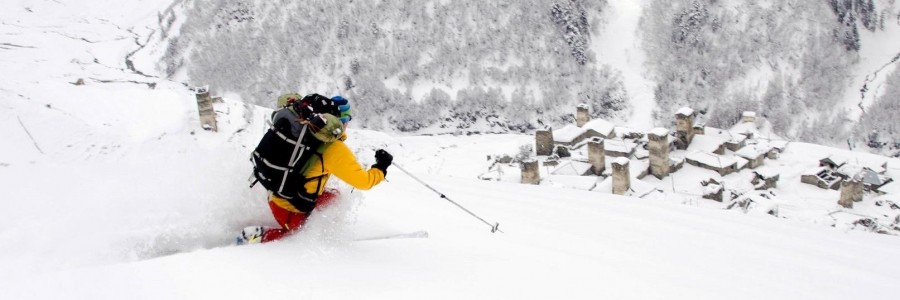
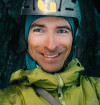

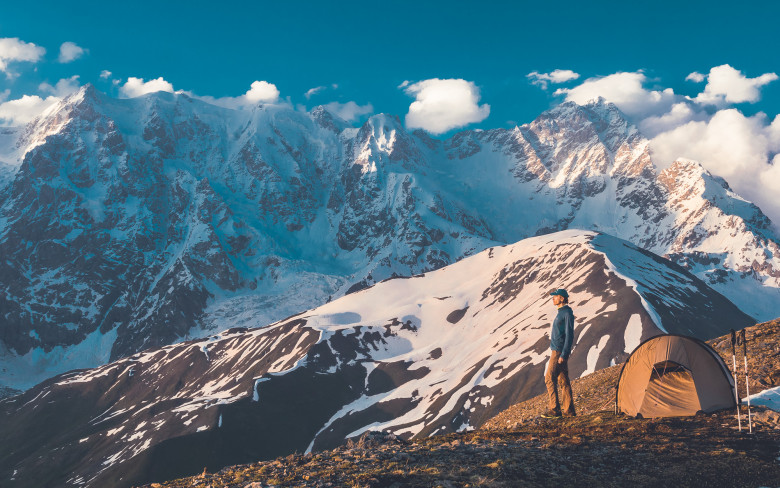
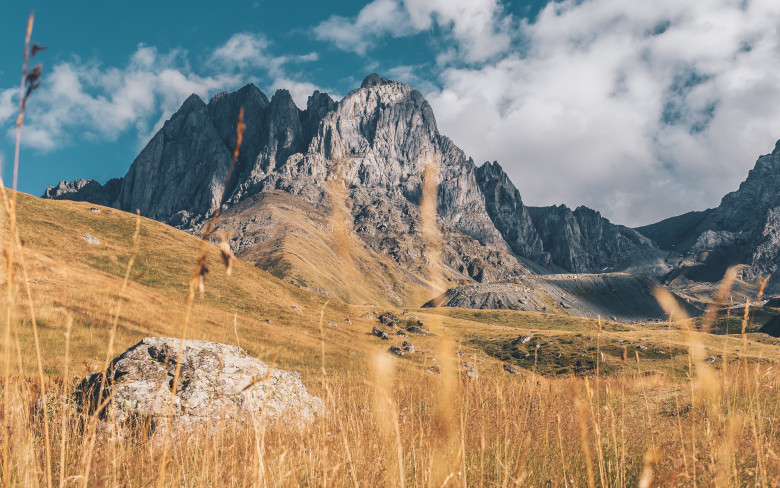
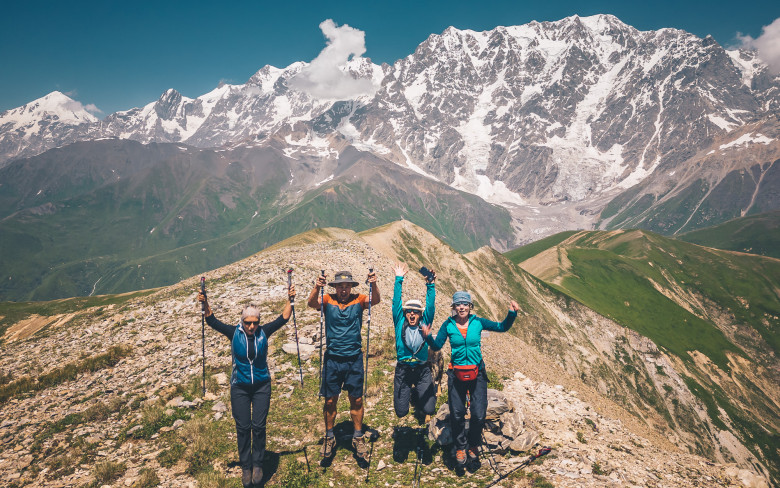
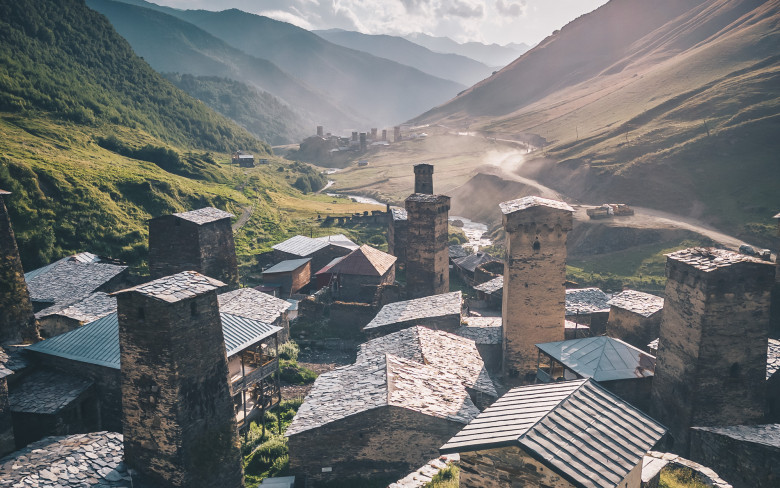
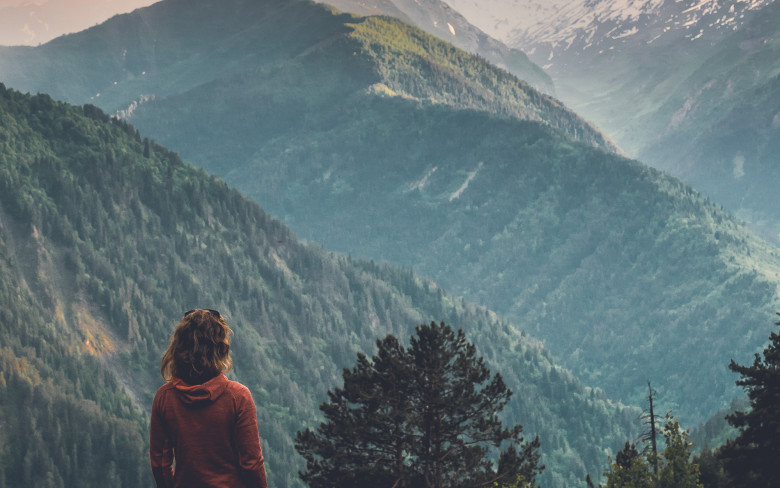
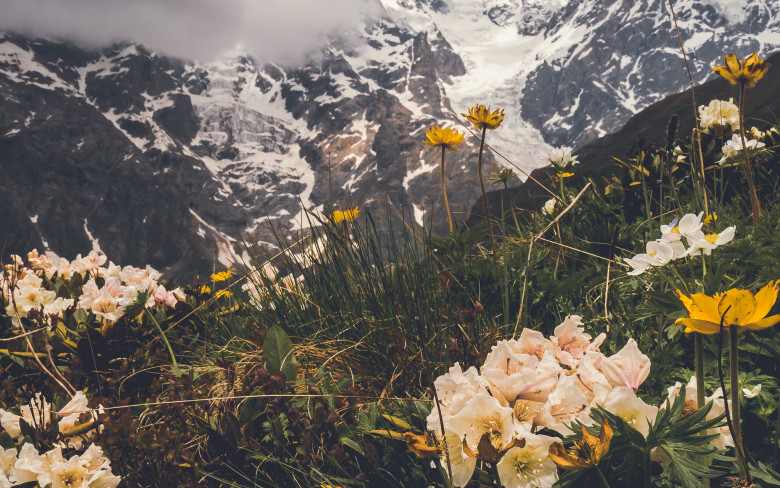
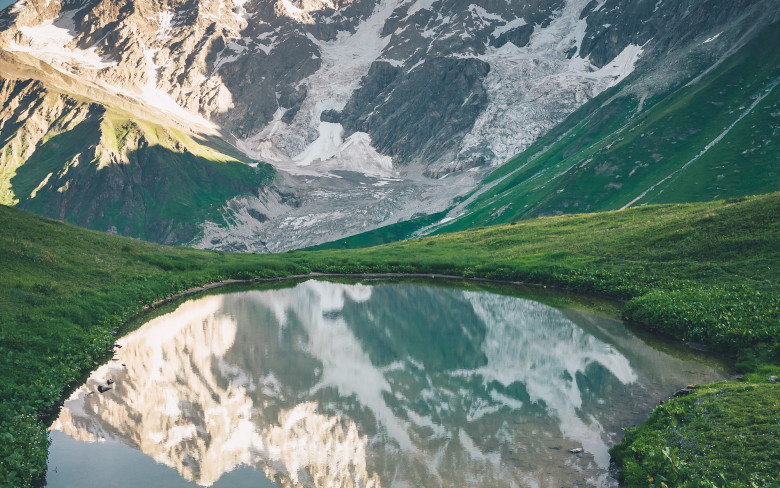
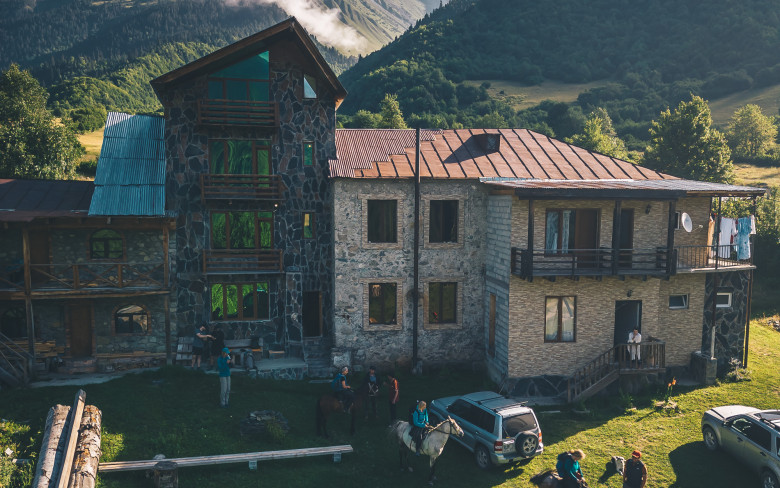
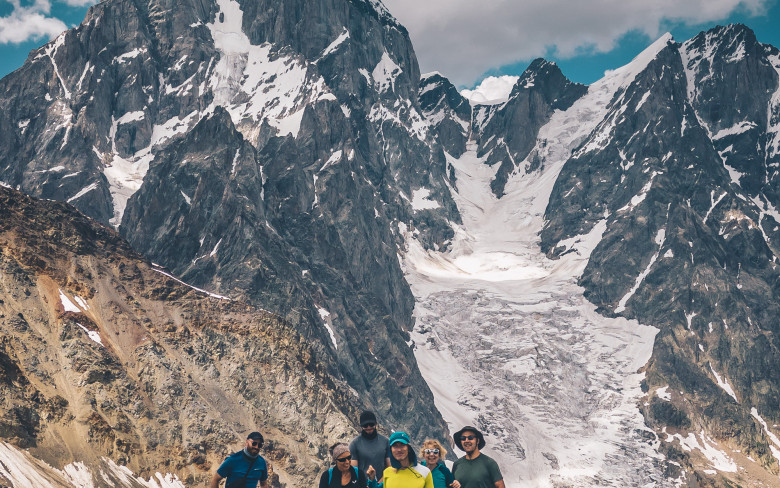
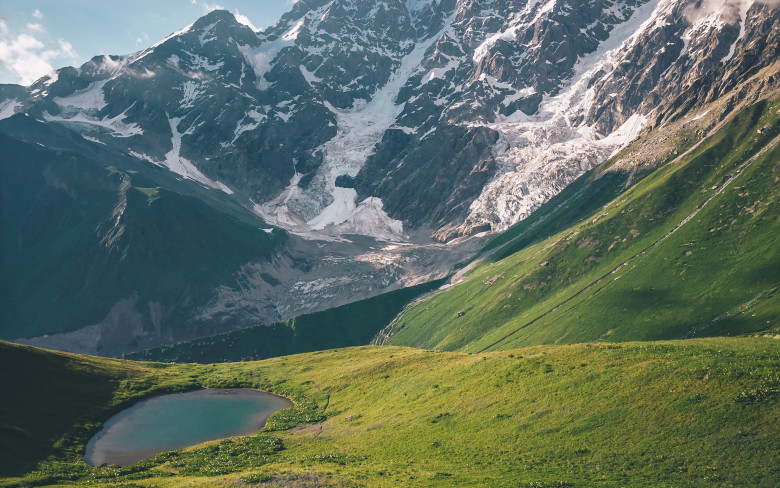
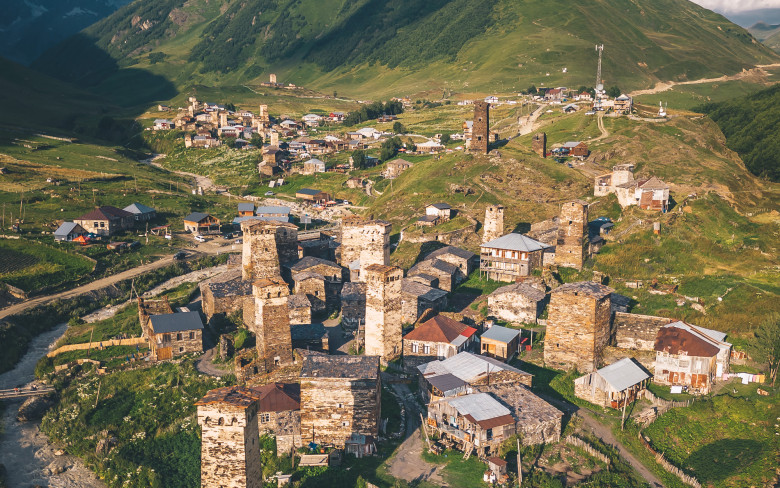
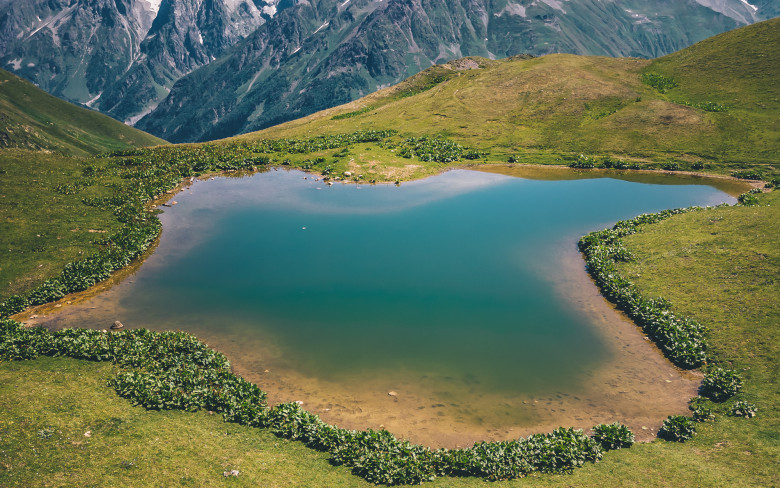
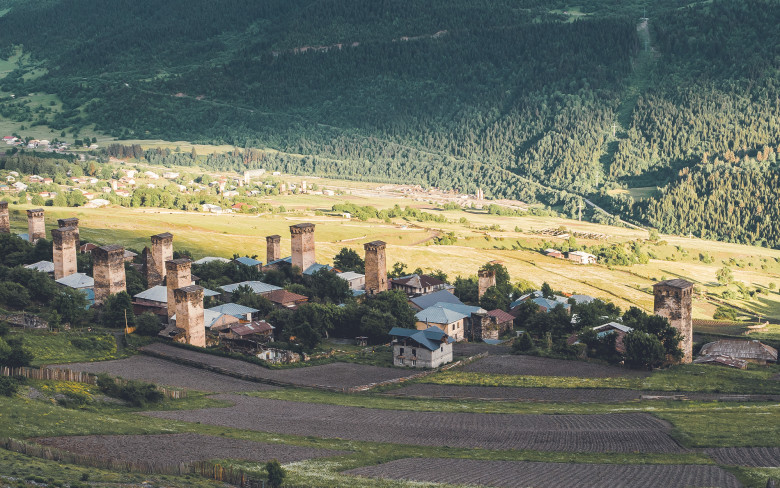
 Travel Website Development
Travel Website Development